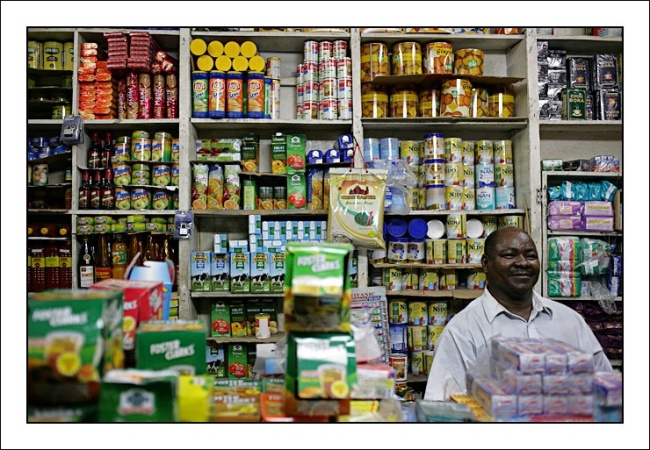Dear London,
It has been a great learning experience for all of us here at Nutrition4ULondon, unfortunately we have come to the end of our health promotion campaign. Over the last 8 weeks Nutrition4ULondon has hoped to increase your awareness of the various nutrition resources that are available. We’ve tried our best to speak to all of the popular themes that we collected in our initial survey distributed at the beginning of this health promotion campaign. Through these topics we hoped that we’ve answered some of your questions or issues, or at the least provided some direction as to possible solutions.
Here are our most popular blog posts for this campaign:
1. What you need to know about food labels, Oct. 25, 2013 http://wp.me/p3XWgP-13
2. Eating Healthy on a Budget, Nov.13, 2013 http://wp.me/p3XWgP-3o
3. Pack a More Nutritious School Lunch, Nov. 19, 2013 http://wp.me/p3XWgP-3M
We understand that within this 8 week period we were only able to discuss the topics that were mentioned within our survey and demographic research. We would have liked to include more blogs under each of our weekly topics, but with a limited time window this was not possible. With your viewership we were able to determine which of the topics seemed to resonate with you the most, and if time permitted we would have been able to provide more content in these areas.
In closing, we hope that we have been able to increase your awareness of the nutritional information available to you. Healthy eating is very important to us and we want to help decrease the disparity between the challenges faced by newcomers and those more familiar with resources available in Canada. Although we are unsure if our target audience received our messages, we hope that those who have accessed our materials will pay it forward and share it with those who can benefit most from it.
Thank you for those who have shared and commented on our blog posts. It really helped reinforce the need for more health promotion in this area and was significant in influencing our resolve to continue to try and mitigate public health issues.
Thank you and all the best,
Nutrition4ULondon







